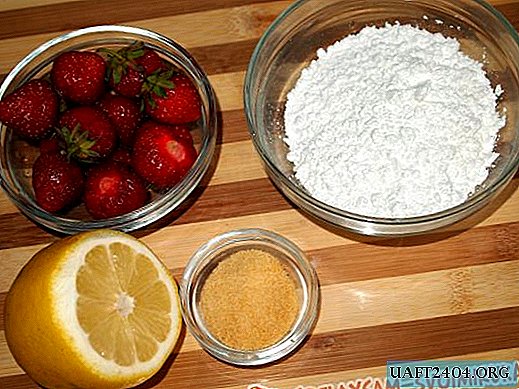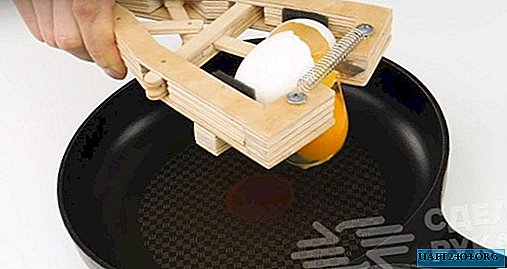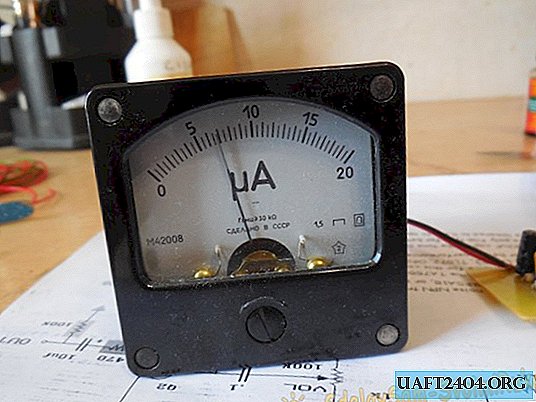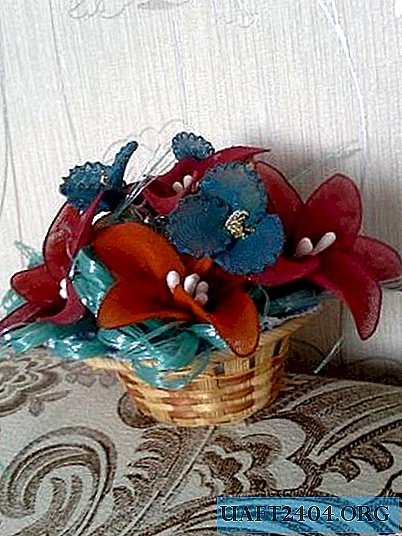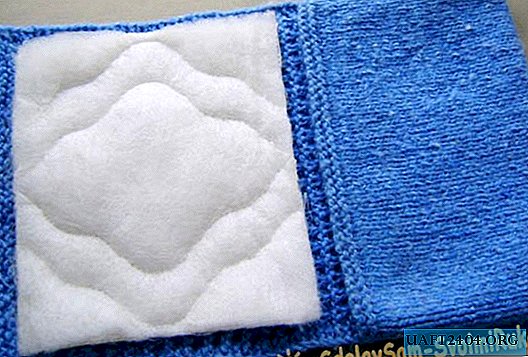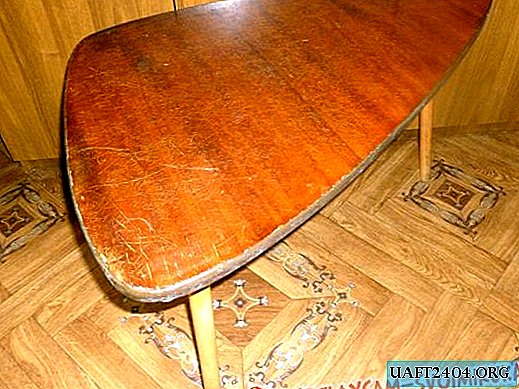Share
Pin
Tweet
Send
Share
Send
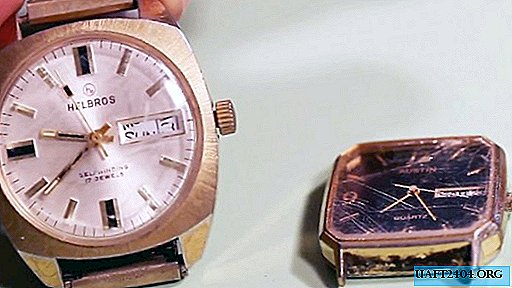
Materials and tools:
- Grinding and polishing sticks;
- finishing polishing paste or GOI paste;
- protective glasses;
- masking tape;
- microfiber cloth.

Glass polishing
Polishing will only help if there are scuffs and shallow scratches. When there are deep defects, the glass must first be sanded in a circular motion with P500 emery paper, gradually moving to a finer grain size to P2000.
To polish the watch, you need to glue its case around the glass with masking tape. It is better to tear off adhesive tape with your hands to get rounded edges that fit well around the circumference of the dial.


If there are no scratches, then you can immediately go to the finish polish. And if there is, then first go through the grinding stick with fine grain.



Next, the polishing itself. A small amount of polishing paste is applied to the polishing stick. Spread evenly over the entire surface

Without strong pressure, we make reciprocating movements. The tool must be constantly driven from edge to edge, not stopping in one place.
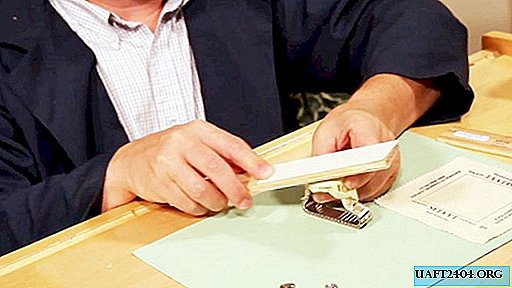
The same work can be done on an emery pad with a polishing wheel. But it does not allow focusing on individual defects. It is better to use it after the stick, when the deep scuffs are removed. A wide emery polishing wheel can more evenly polish the glass immediately around the entire perimeter, eliminating matte gaps. If you try, it is possible to do only with chopsticks.

After the glass becomes transparent, you can remove the masking tape and wipe it with a microfiber cloth. It is often sold with glasses, so almost everyone can find it in the house.

Polishing with finishing paste and polishing sticks can be used to restore glasses, lenses, optical instruments, jewelry.

Share
Pin
Tweet
Send
Share
Send

